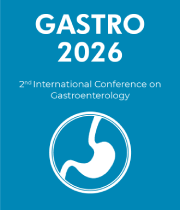Narrow Band Imaging
Narrow band imaging (NBI) is an innovative technology that is being used increasingly in medical imaging. It is a technique that uses a narrow band of light to capture high resolution images of tissue. NBI is used in various medical imaging modalities such as endoscopy and bronchoscopy. It allows for enhanced visualization of small and hard to see tissue structures, and it also helps to reduce the amount of radiation exposure for the patient. NBI works by capturing a narrow band of light at a very specific wavelength. This wavelength is chosen so that it is able to pick up the differences in tissue structure that may not be visible to the naked eye. To capture the image, the light is passed through a series of filters that are tuned to the specific wavelength. The filters then allow the light to pass through to the camera, which captures the image. The images captured by NBI are much more detailed than those taken with traditional imaging techniques. This is because the narrow band of light is able to pick up much smaller details that are not visible to the naked eye. For example, it can detect small changes in the texture of tissue, as well as the presence of blood vessels and other structures. NBI can also be used to detect certain types of cancers and other diseases. By capturing images at specific wavelengths, it can help to identify the presence of abnormal cells or tissues. Additionally, it can be used to monitor the progress of treatments and to assess the effectiveness of certain drugs. Overall, NBI is an important and innovative technology that is being used increasingly in medical imaging. It has the potential to revolutionize the way we diagnose and treat diseases, as well as reduce the amount of radiation exposure for the patient.



